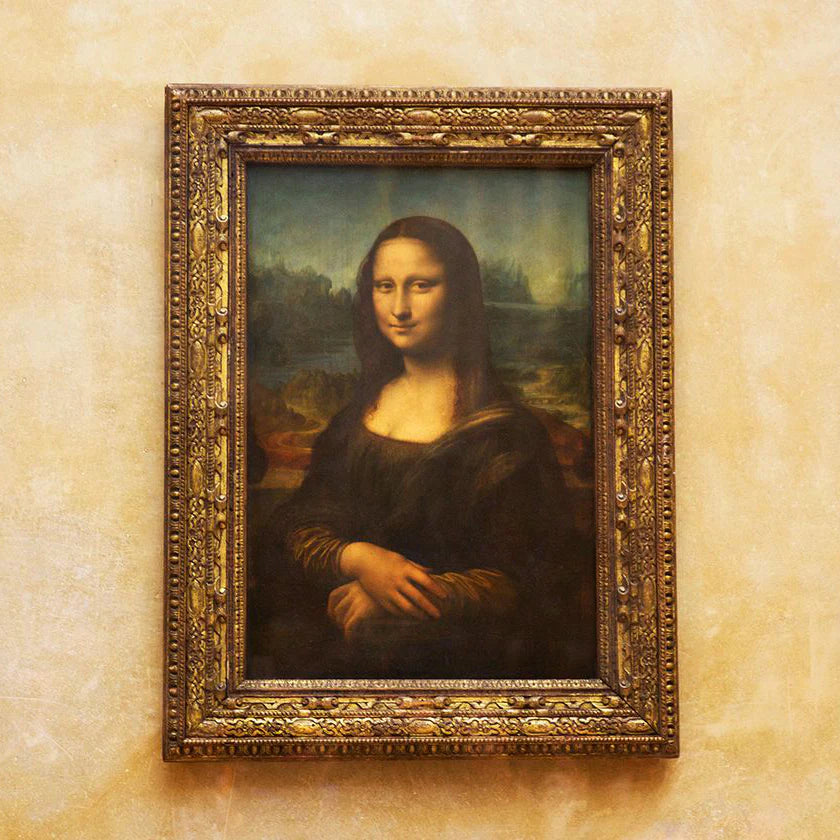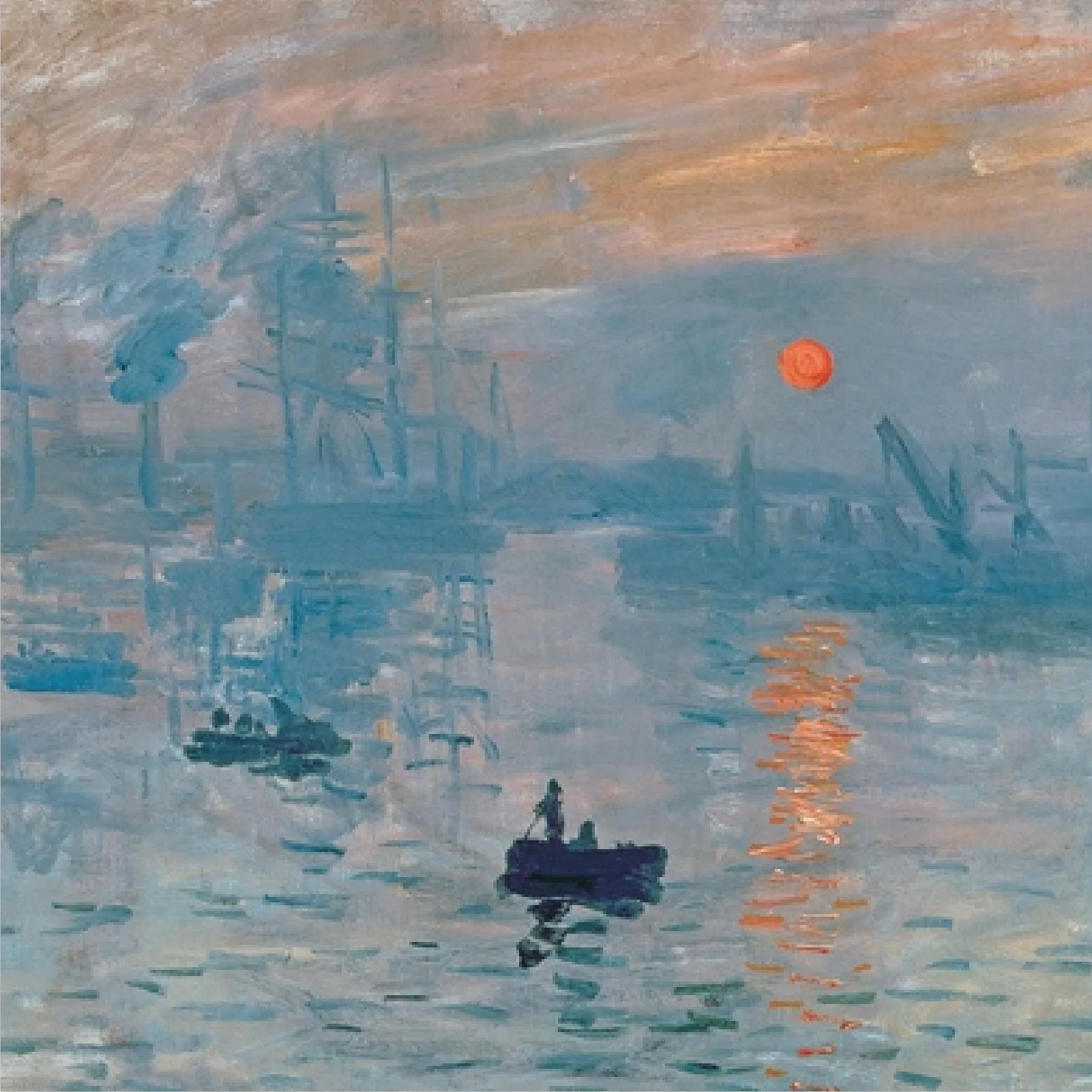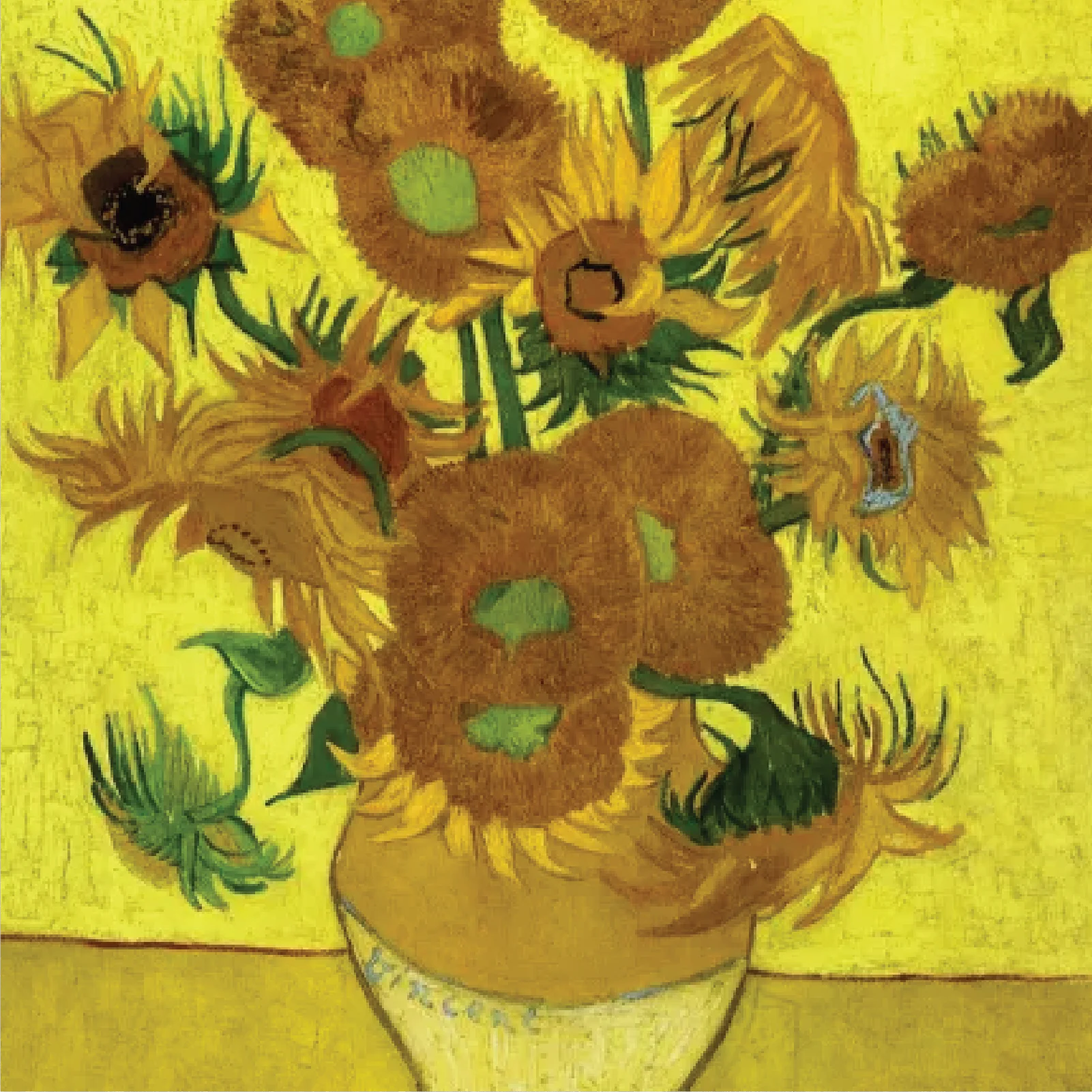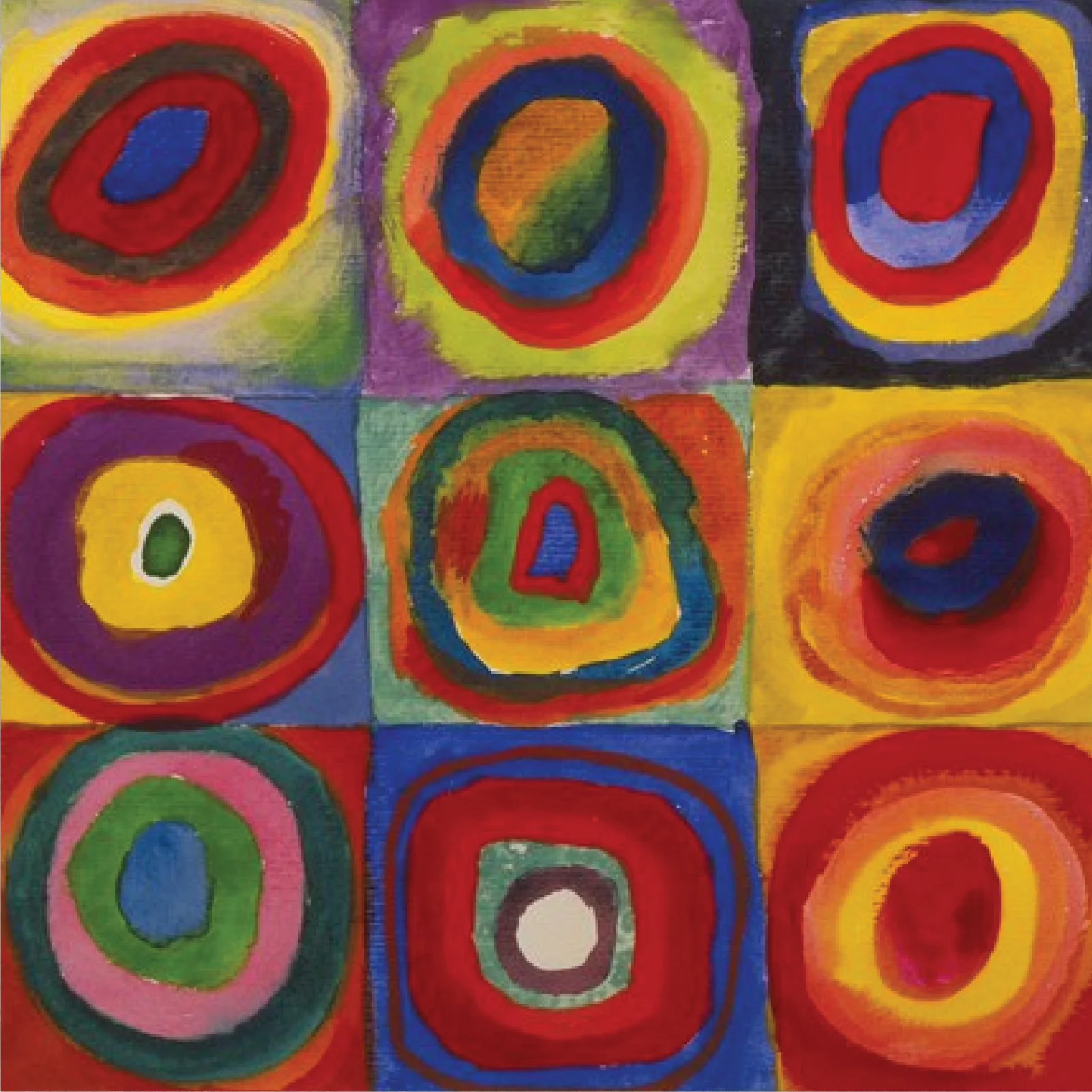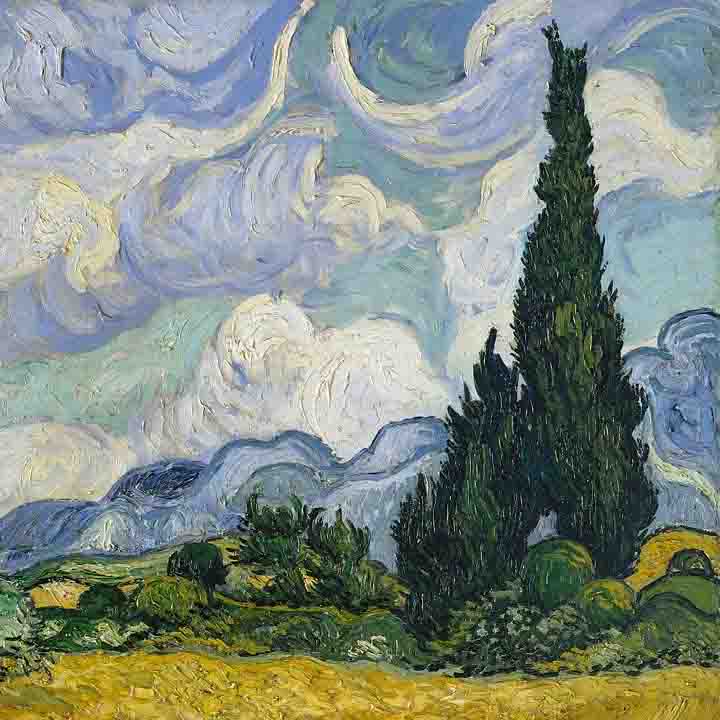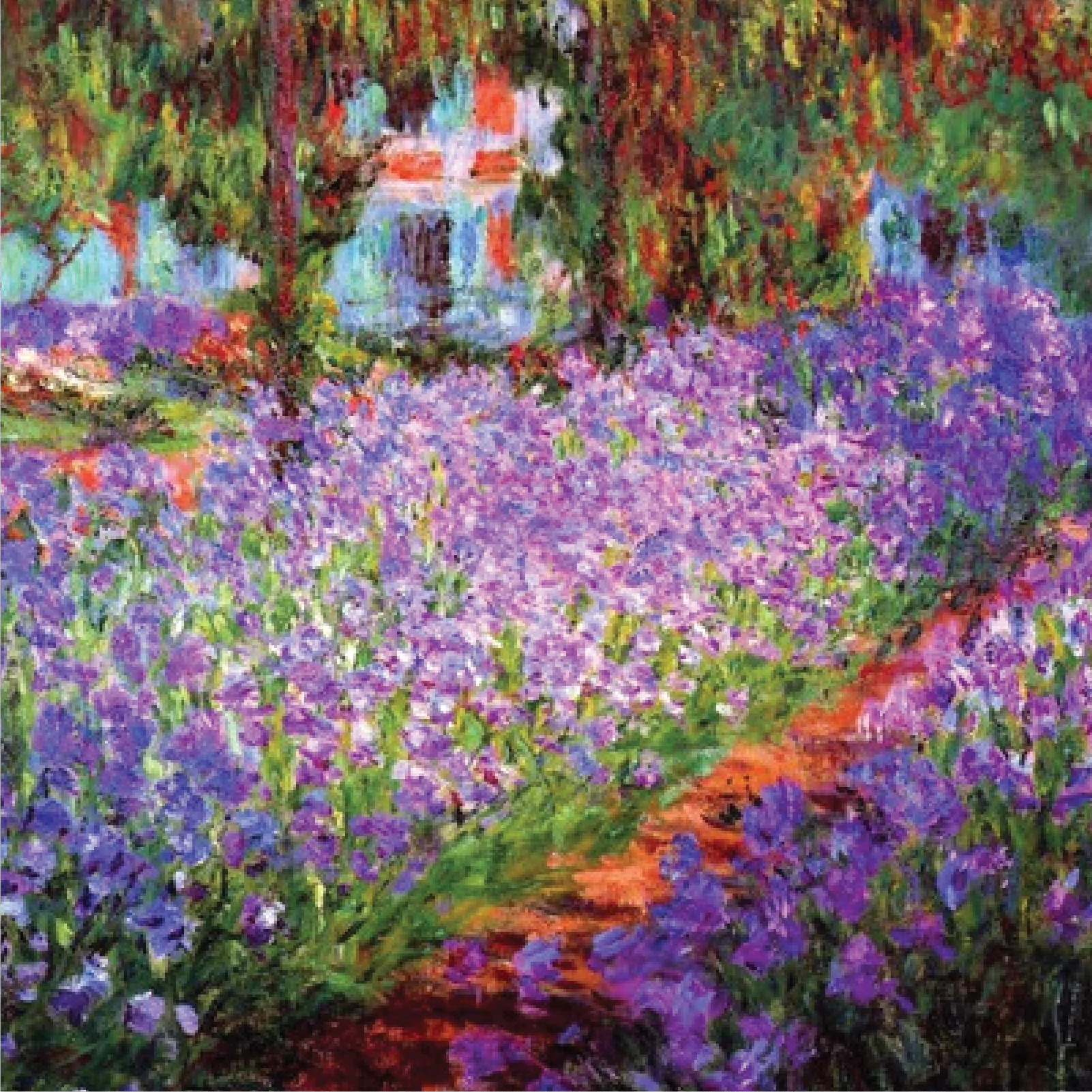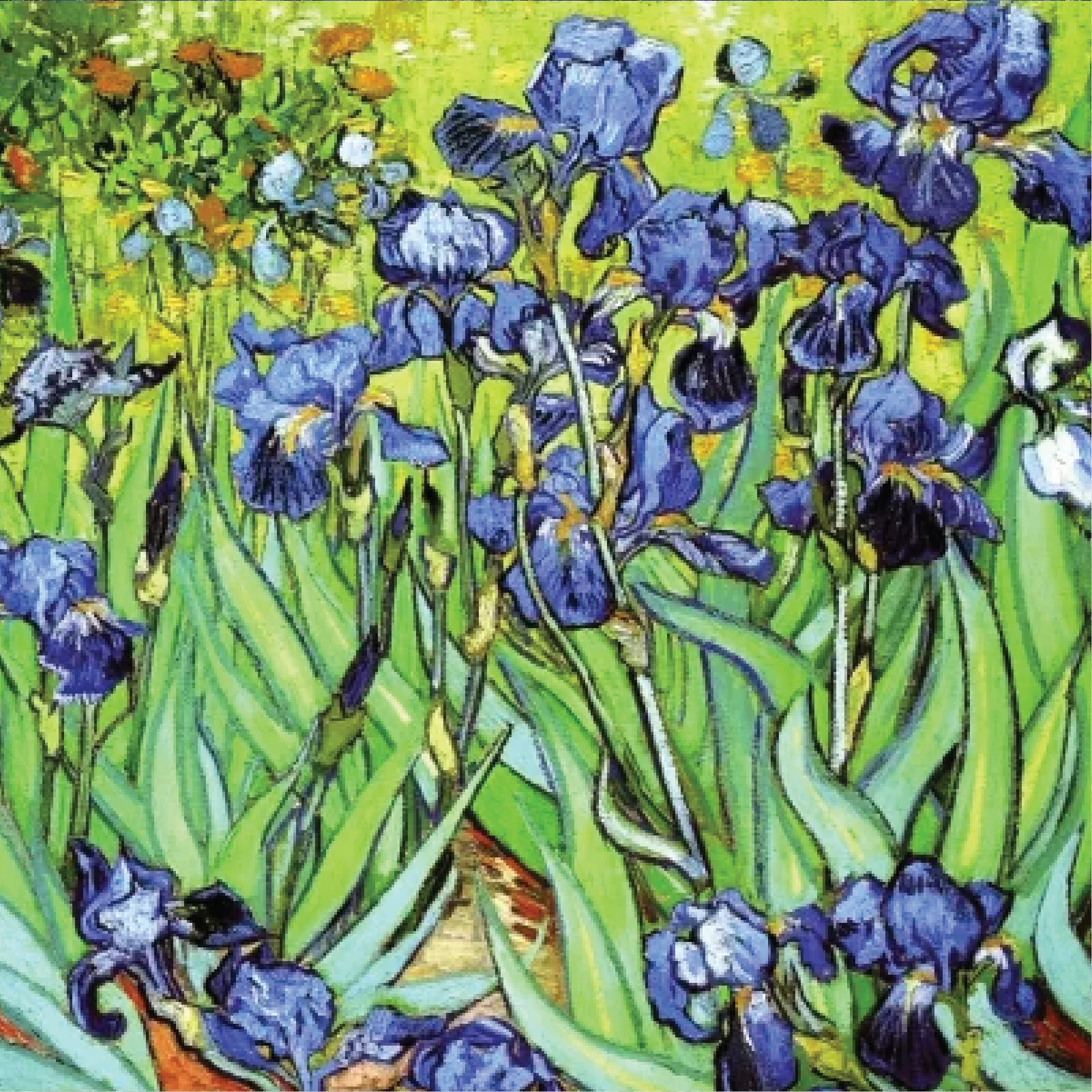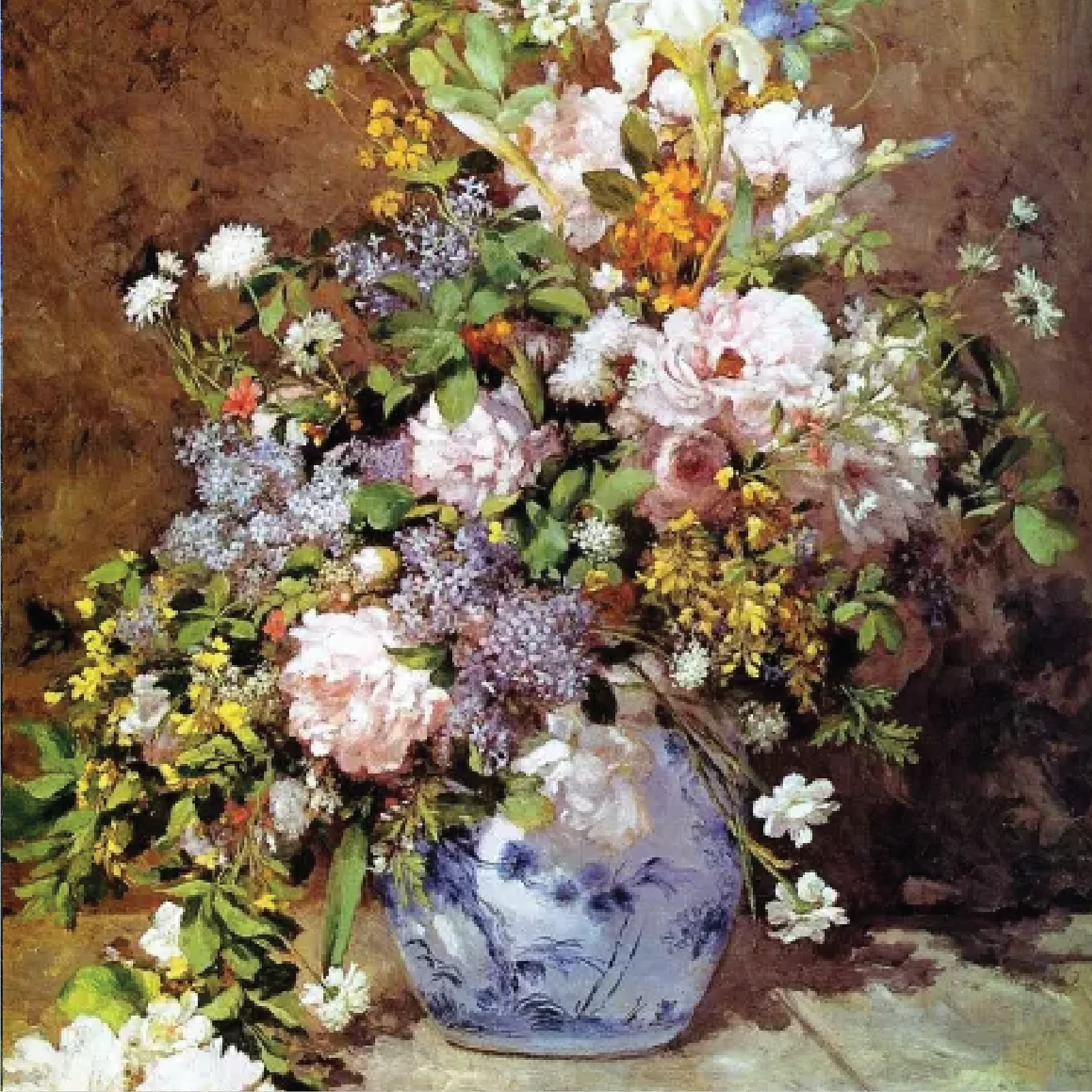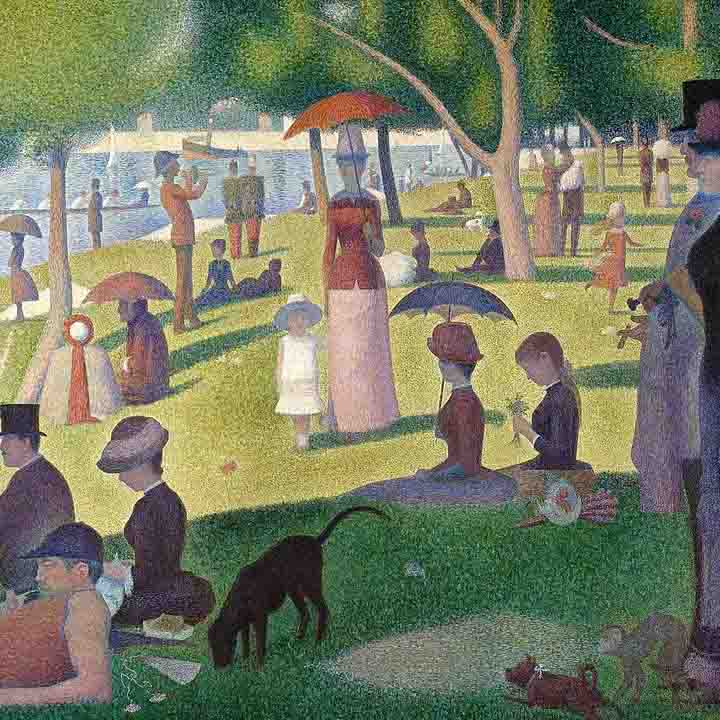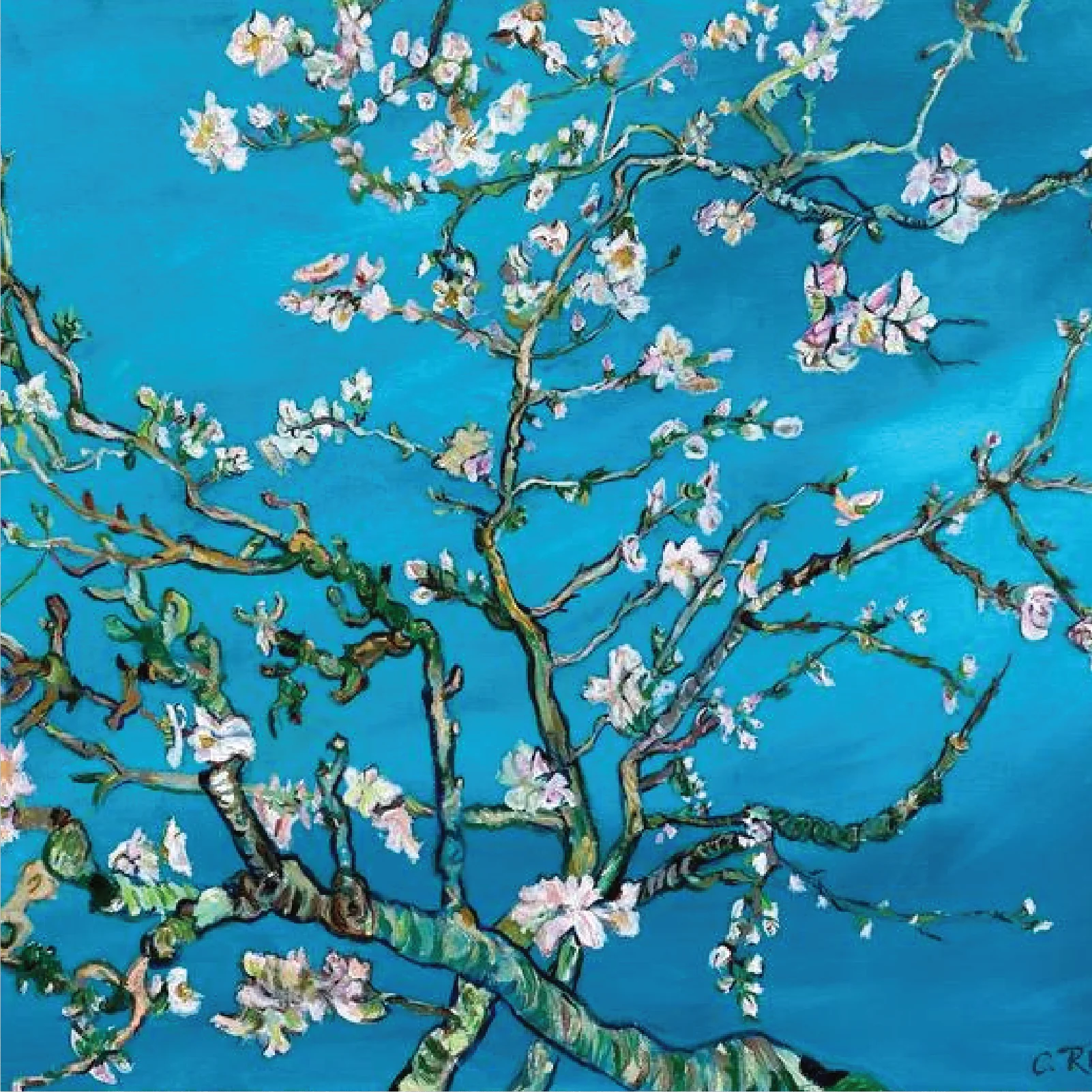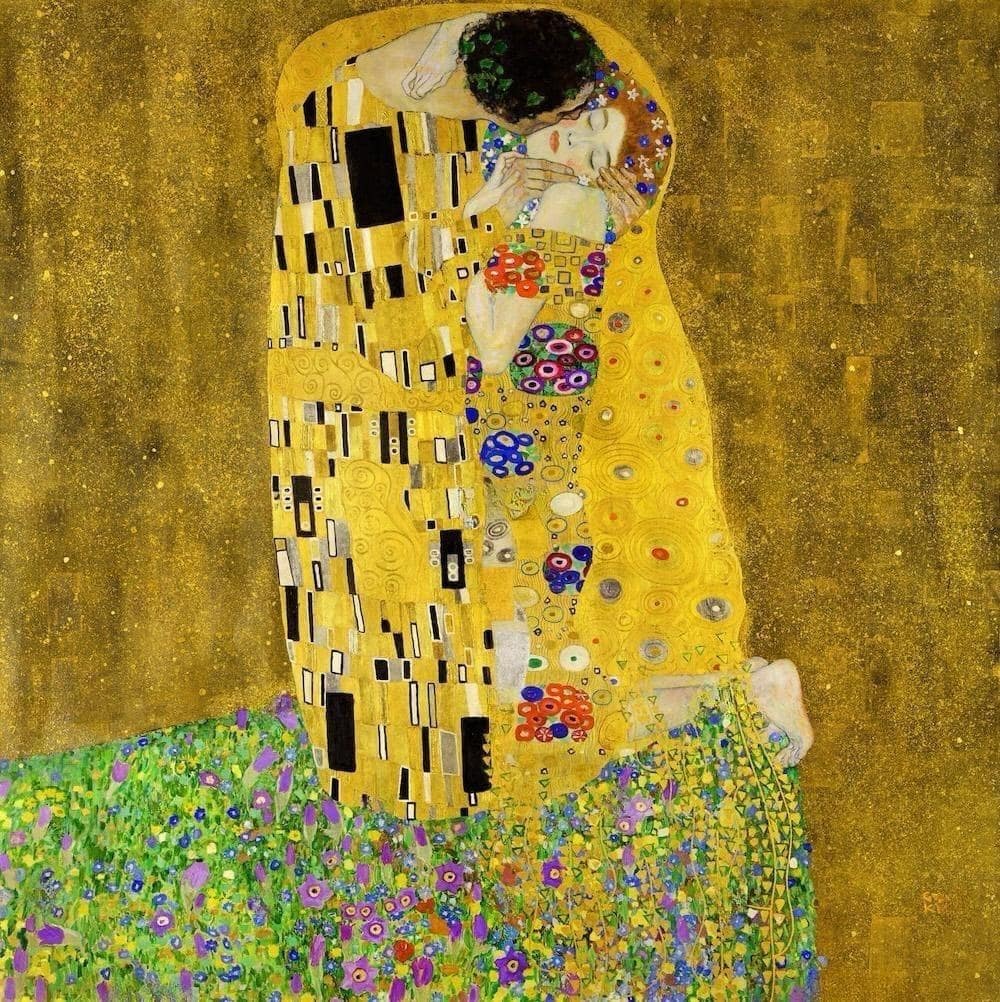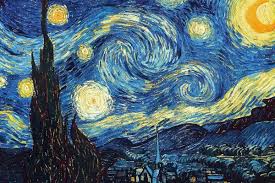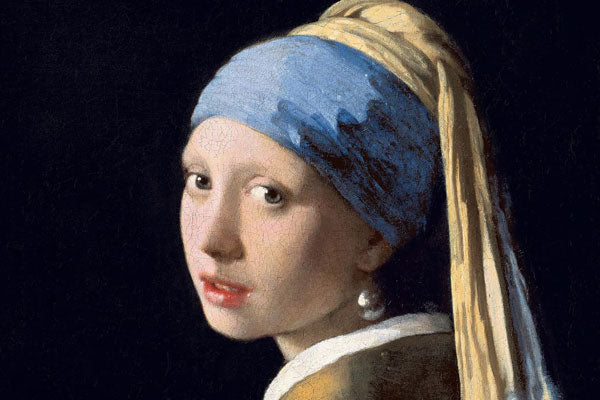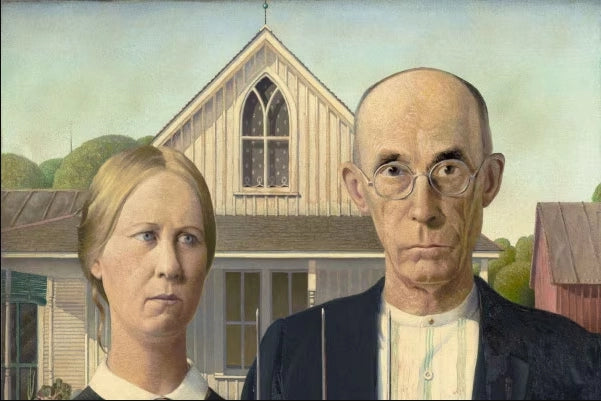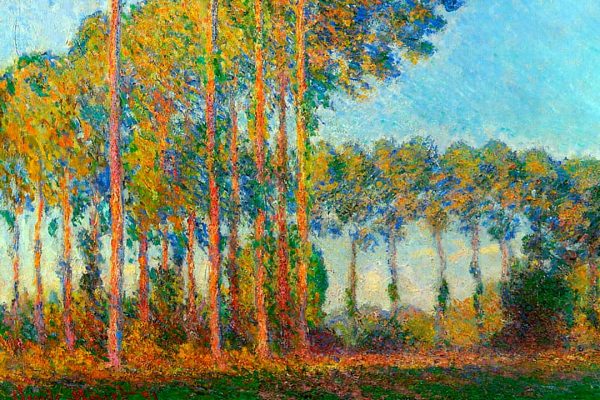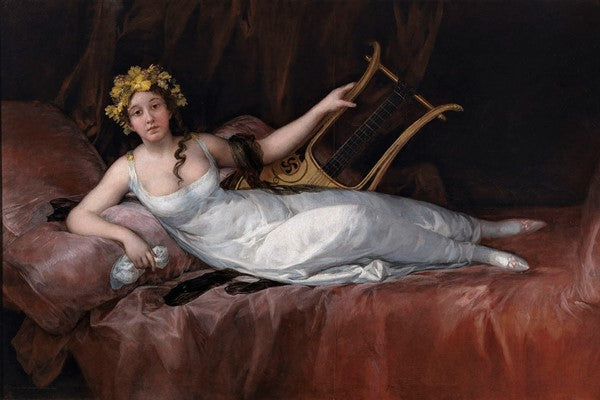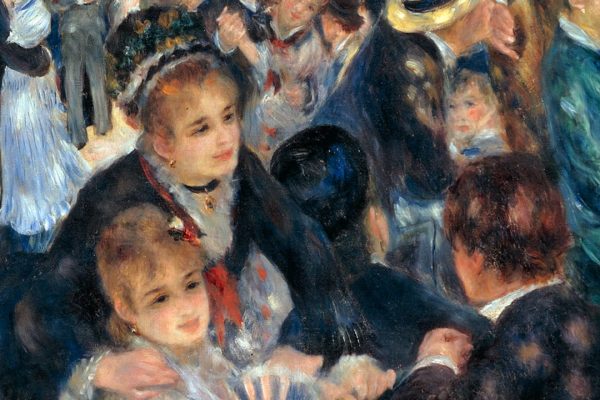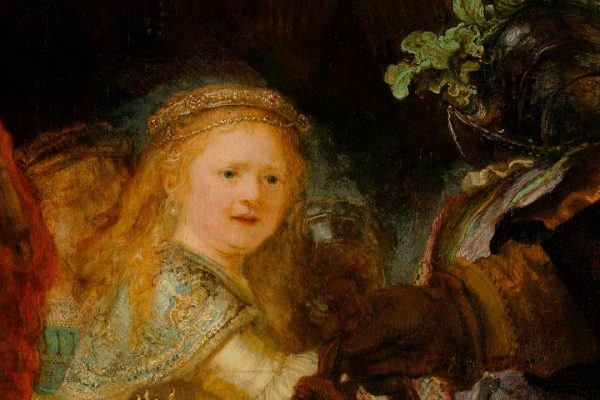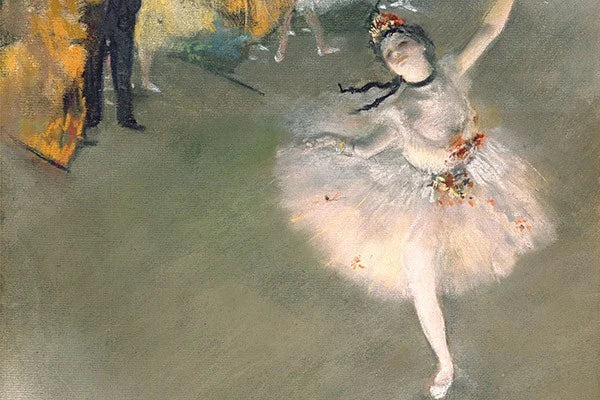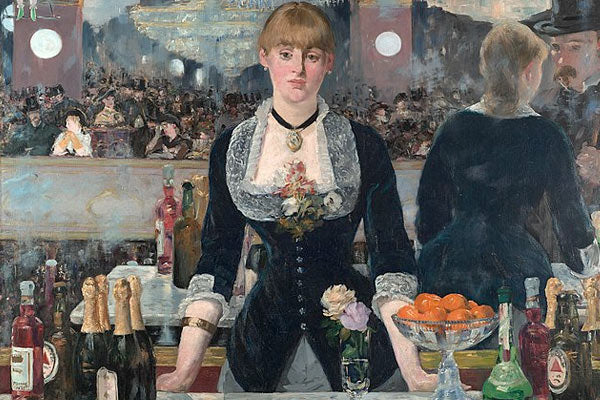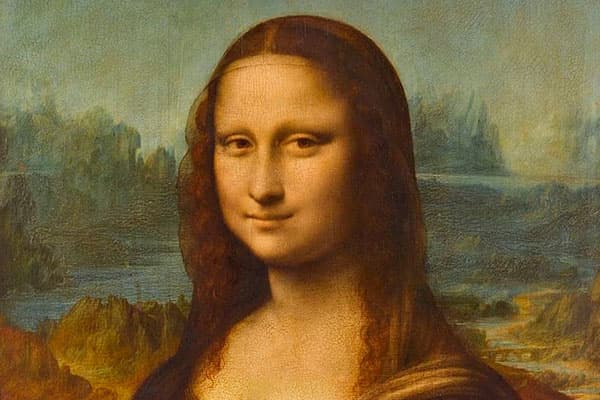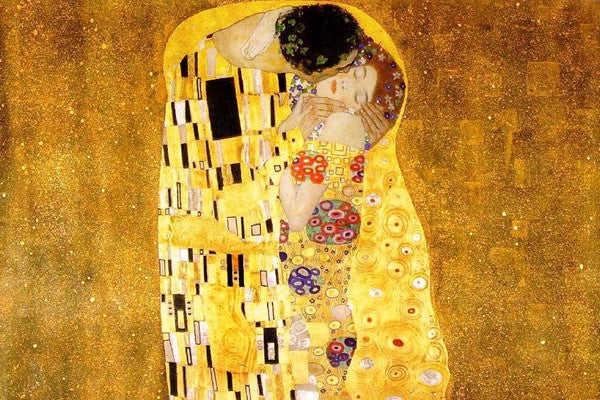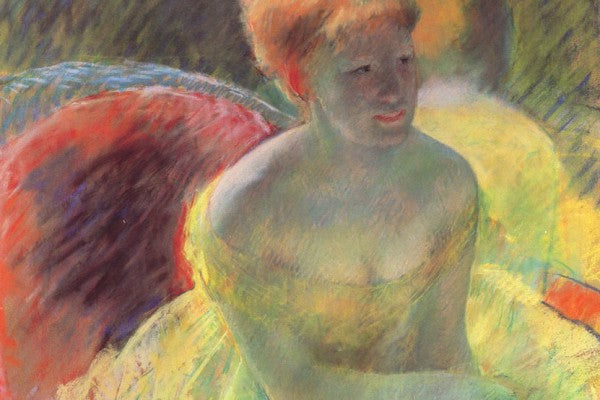Throughout history, art has played a crucial role in human expression, culture, and storytelling. Some masterpieces, such as Leonardo da Vinci’s Mona Lisa or Vincent van Gogh’s Starry Night, are revered across the world. However, the demand for owning, studying, or even profiting from famous artworks has led to the reproduction of these masterpieces in various forms. Duplicate masterpieces—whether created for education, preservation, or commerce—raise fascinating questions about craftsmanship, technology, ethics, and legality.
Art&See creates custom oil painting reproductions – Looking for a specific artwork? We craft stunning, tailor-made century old medium oil paintings to match your vision.
In this article, we will explore what constitutes a duplicate masterpiece, the methods used to create them, their role in art history, and the ethical and legal implications of reproducing famous master works.
Understanding Painting Duplicate Masterpieces
A duplicate masterpiece is a high-quality reproduction of a famous artwork, often created with the intention of closely mimicking the original. These duplicates may be produced for various reasons, including:

-
Preserving artistic heritage – Museums and galleries often commission duplicates of masterpieces to ensure that art remains accessible to the public while protecting the original from damage.
-
Educational purposes – Art students and historians study and practice replication techniques to better understand the methods used by great artists.
-
Commercial art markets – Reproductions allow art lovers to own copies of their favorite masterpieces without purchasing the originals, which are often too valuable or inaccessible.
-
Forgery and deception – While legitimate duplications exist, some reproductions are created with the intent to deceive collectors and institutions, raising ethical and legal concerns.
Duplicating a masterpiece requires immense skill, whether the replication is done by hand or through advanced digital techniques. The level of authenticity in a duplicate masterpiece depends on the method used and the purpose of the reproduction.
Methods of Creating Duplicate Masterpieces
There are several ways to duplicate a masterpiece, ranging from traditional hand-painted copies to modern technological methods.
1. Hand-Painted Replicas
Hand-painted replicas are created by skilled artists who carefully study and replicate the original work. These artists use similar materials, techniques, and brushwork to create an authentic-looking copy. This method requires expertise in art history, pigment composition, and painting techniques.

-
Advantages: Provides a highly authentic look and texture.
-
Challenges: Requires significant time and skill, and small deviations from the original can be noticeable.
2. Giclée Printing
Giclée printing is a high-resolution digital reproduction process that uses inkjet technology to print detailed images of paintings on canvas or fine art paper. This technique captures the intricate details of the original, including color, shading, and texture.
-
Advantages: Cost-effective, highly detailed, and widely accessible.
-
Challenges: Lacks the depth and texture of a hand-painted piece.
3. Photographic Reproduction
Photographic reproductions involve capturing high-quality images of an artwork and printing them on various surfaces. While commonly used for posters and decorative prints, this method does not fully replicate the texture and depth of an original painting.
-
Advantages: Inexpensive and widely available.
-
Challenges: Cannot accurately mimic the tactile quality of brushstrokes.
4. 3D Printing and Artificial Intelligence
Advancements in technology have introduced 3D printing and AI-based art replication. Museums and research institutions use these technologies to create detailed replicas of famous paintings, complete with textured surfaces that mimic brushstrokes. AI can also analyze and reconstruct missing portions of damaged artworks.
-
Advantages: Can replicate texture, brushwork, and even aging effects.
-
Challenges: Requires advanced equipment and expertise.
Each method offers different levels of authenticity, accessibility, and cost, making it important to choose the right approach based on the intended use of the duplicate.
The Role of Duplicate Masterpieces in Art History
Duplicate masterpieces have played a significant role in the preservation, study, and appreciation of art throughout history.

1. Preservation of Cultural Heritage
Many priceless artworks are fragile and susceptible to damage over time. Museums and galleries often create duplicates to protect originals while still allowing the public to experience the art. For example, some of the world's most famous frescoes and paintings have replicas displayed in high-traffic areas while the originals are preserved in controlled environments.
2. Art Education and Skill Development
Aspiring artists have long used the technique of copying masterpieces to refine their skills. Studying and replicating the works of great artists helps students understand composition, technique, and historical context. Many renowned painters, including Pablo Picasso and Salvador Dalí, began their artistic journeys by reproducing classical works.
3. Accessibility to Art
Most famous artworks are housed in museums and private collections, making them inaccessible to the general public. Duplicate masterpieces allow people to enjoy and study these works in homes, educational institutions, and public spaces. High-quality reproductions ensure that artistic heritage is not limited to a privileged few.
4. The Market for Fine Art Reproductions
Art&See’s rReproductions are widely available for purchase, catering to art enthusiasts who cannot afford original pieces. Some galleries and online platforms sell limited-edition, signed reproductions authorized by the original artist’s estate, adding value to the duplicate.
Ethical and Legal Considerations
While duplicate masterpieces have many benefits, they also raise important ethical and legal issues.
1. Copyright and Intellectual Property
Many artworks are protected by copyright laws, which typically extend for 70 years after the artist’s death. Unauthorized reproductions of copyrighted works can lead to art legal consequences. Artists and estates often grant licenses for official reproductions, ensuring that the original creator benefits from sales.
2. The Fine Line Between Replication and Forgery
While honest reproductions are acceptable, some copies are created to deceive buyers into believing they are purchasing an original. Art forgeries have led to financial losses and damaged reputations for collectors, museums, and galleries. Detecting forgeries requires expertise in authentication techniques, such as pigment analysis and infrared scanning.
3. Transparency in the Art Market
Ethical reproduction practices involve clear labeling and transparency regarding the origin of a duplicate. Buyers should always be informed whether they are purchasing an original, an authorized replica, or a decorative reproduction.
4. The Value of Original Artworks
Some argue that mass production of duplicates diminishes the uniqueness and value of original artworks. While reproductions make art more accessible, they do not replace the emotional and historical significance of an authentic masterpiece.
Famous Examples of Duplicate Masterpieces
1. The Ghent Altarpiece (Jan van Eyck)
This famous artwork has undergone multiple restorations, and a duplicate version is often displayed in museums to protect the original panels.
2. The Sistine Chapel Ceiling (Michelangelo)
Reproductions of Michelangelo’s frescoes are displayed in museums worldwide, allowing people to appreciate the details without traveling to the Vatican.
3. The Mona Lisa (Leonardo da Vinci)
There are numerous reproductions of the Mona Lisa, and even historical copies exist, painted by da Vinci’s contemporaries. Some versions are studied to understand the original’s evolution.
Final Words
Duplicate masterpieces play a vital role in preserving and sharing art, making it accessible to audiences worldwide. Whether for educational purposes, museum conservation, or personal enjoyment, high-quality reproductions allow people to experience and appreciate great works without compromising the originals.
Own a masterpiece without the high price. Explore Art & See’s collection of hand-painted reproductions.
However, ethical and legal considerations must be upheld to ensure transparency and respect for intellectual property. As technology continues to advance, the reproduction of masterpieces will become even more precise, raising further questions about the relationship between authenticity, artistry, and replication.
Ultimately, while duplicates can never replace the emotional and historical significance of an original masterpiece, they remain an essential part of art’s enduring legacy.
